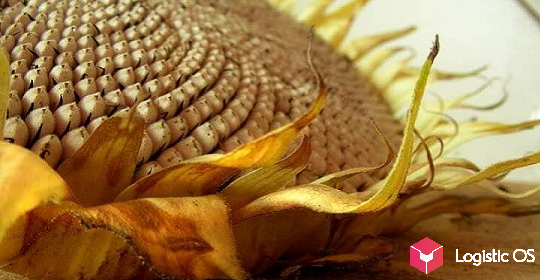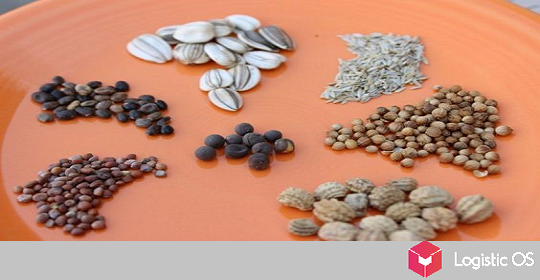According to experts, today the prices for this product have settled at the lowest level since 2017 due to excess supply.
Currently, the benchmark Thai rice costs about $390 per ton. In July alone, its price fell by 6%, experts say. This is the lowest value in the last 8 years.
Other varieties of rice are also showing similar dynamics today. For example, Vietnamese rice costs $370 per ton in July, this is the lowest value since 2020.
Some analysts believe that the price decline is due to changes in the global market.
One of the most important factors that could lead to today’s state of affairs is the lifting of restrictions on rice supplies abroad, which were previously in effect in several exporting countries at once.
«There has been a recovery in supplies from Vietnam, which has overtaken Thailand as the second largest exporter: 4.72 million tons in the first half of the year (plus 3.6%).
This is the reason for the global oversupply: global rice production will reach a record 543 million tons this year, which will significantly exceed consumption,» notes Andrey Smirnov, an expert at BCS World of Investments.
The Russian market is also feeling the events that are happening on the world market. In particular, the global reduction in rice prices has led to its import to Russia now being carried out at lower prices.
As a result, rice produced in the Russian Federation has also begun to get cheaper. For example, as of the end of July, a ton of such products cost 64 thousand rubles, while a month earlier it was traded at about 65 thousand.
A year ago, the price was significantly higher — up to 80 thousand rubles per ton.
Such a decrease is very noticeable for all producers and exporters and poses a big problem for them, since it significantly reduces margins.
Experts say that profitability in the current season may not exceed 20-25%.
In addition, against the backdrop of the current situation, the Russian rice market is starting to gradually «overstock».
For example, by September 1, 2025, carryover stocks may amount to 210 thousand tons, while a year ago they were only 60 thousand. Such stocks may also negatively affect the price of new-crop rice, experts warn.
In addition, storage of stocks may become a problem, since most manufacturing companies do not have enough of their own capacity for this.
At the same time, the expensive ruble today does not contribute to active exports, so the question of how to sell existing stocks is becoming quite difficult for farmers.

